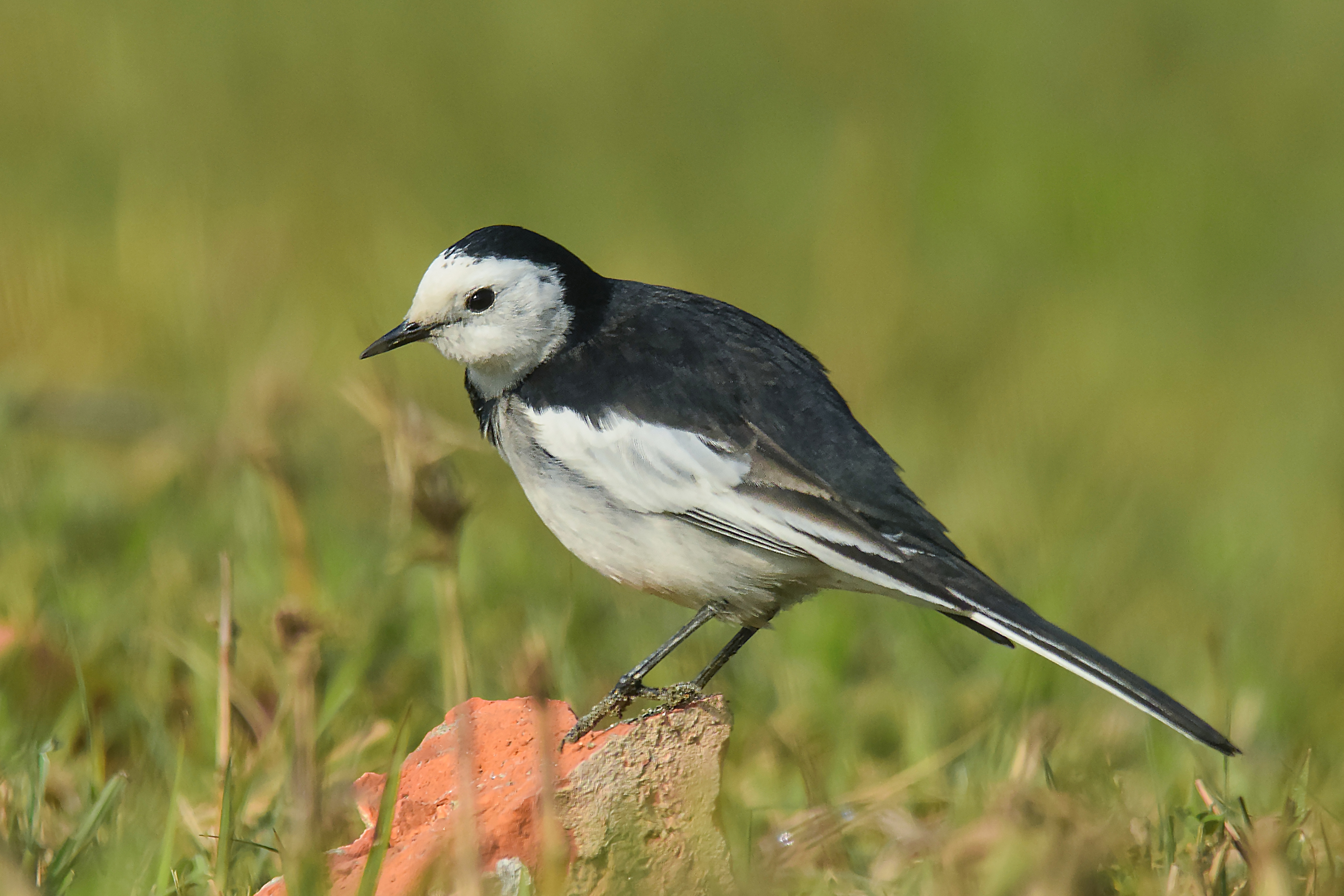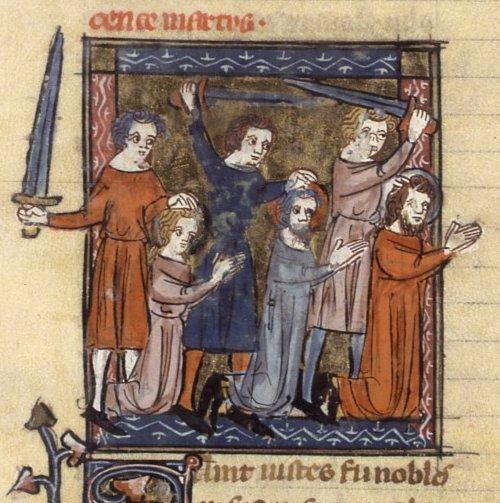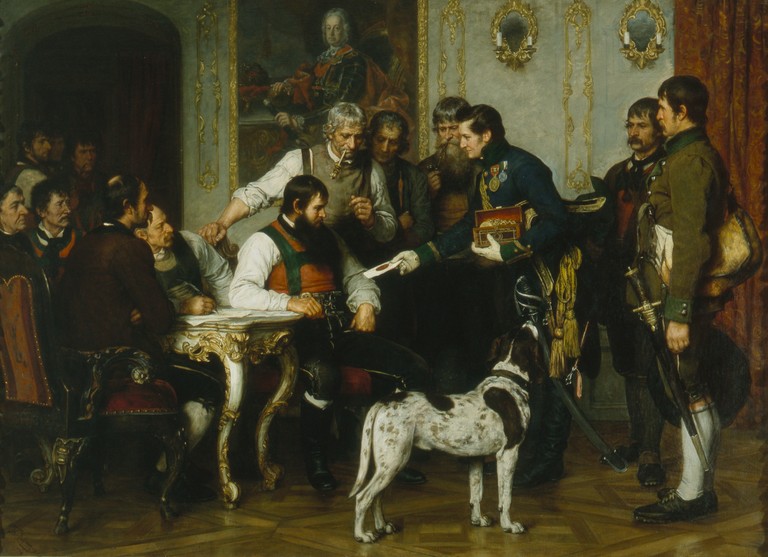|
Ampass
Ampass is a municipality in the Innsbruck-Land District, Tyrol (Austria) situated at an altitude of 651 m, has an area of 7.9 km2 and 1793 inhabitants as January 2015. Geography Ampass is located on a terrace on the southern side of the Inn Valley, on an old salt road, from Hall in Tirol to Matrei am Brenner, currently Landesstraße L 38 (''Ellbögener Straße''). Ampass is connected directly to Innsbruck, which is 8 km far, with the road L 283 (''Ampasser Straße''). On the outskirts of the village is located the Taxerhof Lake, surrounded by a reed and a wet area, suitable to host herons and wagtails. History Origin Ampass is likely to be inhabited in the fifteenth century BC as a result of a funerary urn, found on the hill, dating back to that period. A greater number of finds, such as arrowheads, bronze pins and beads, which have been found, dating back to the Hallstatt culture or to La Tène Culture. The Romans built a military road, which connected Hall in Tirol with Mat ... [...More Info...] [...Related Items...] OR: [Wikipedia] [Google] [Baidu] |
Innsbruck Land District
The Bezirk Innsbruck-Land is an administrative district (''Bezirk'') in Tyrol (state), Tyrol, Austria. It encloses the Statutarstadt Innsbruck, and borders Bavaria (Germany) in the north, the district Schwaz (district), Schwaz in the east, South Tyrol in Italy to the south, and the district of Imst (district), Imst in the west. Area of the district is 1,990.17 km², with a population of 181,698 (January 1, 2021), and population density of 91 persons per km². Administrative center of the district is Innsbruck, located outside of the district itself. Geography The district comprises a part of the Inn River, Inn valley, the North Tyrolean parts of the Wipptal valley and its tributary valleys Stubaital, Sellraintal, Gschnitztal, and Wattental, as well as the Seefelder Plateau. The southern border with the Brennerpass is formed by main line of the Alps. The district is dominated by alpine areas, including the mountain ranges of the Stubai Alps in the southwest, Tux Alps in th ... [...More Info...] [...Related Items...] OR: [Wikipedia] [Google] [Baidu] |
Innsbruck-Land District
The Bezirk Innsbruck-Land is an administrative district (''Bezirk'') in Tyrol, Austria. It encloses the Statutarstadt Innsbruck, and borders Bavaria (Germany) in the north, the district Schwaz in the east, South Tyrol in Italy to the south, and the district of Imst in the west. Area of the district is 1,990.17 km², with a population of 181,698 (January 1, 2021), and population density of 91 persons per km². Administrative center of the district is Innsbruck, located outside of the district itself. Geography The district comprises a part of the Inn valley, the North Tyrolean parts of the Wipptal valley and its tributary valleys Stubaital, Sellraintal, Gschnitztal, and Wattental, as well as the Seefelder Plateau. The southern border with the Brennerpass is formed by main line of the Alps. The district is dominated by alpine areas, including the mountain ranges of the Stubai Alps in the southwest, Tux Alps in the southeast, and Wetterstein Mountains and Karwendel in the ... [...More Info...] [...Related Items...] OR: [Wikipedia] [Google] [Baidu] |
Matrei Am Brenner
Matrei am Brenner is a small municipality in the southern part of the District Innsbruck-Land and is located approximately 17 km south of Innsbruck. Matrei has always been an important station for commerce. On 1 January 2022 the municipalities of Pfons and Mühlbachl were merged into Matrei. The village has 3,500 inhabitants, at 992 m. above sea level and the Sill river flows through it. Geography At Mühlbachl, the road branches off to the north, one follows the valley along the river to get to Innsbruck, the other on the eastern shore, with a more circuitous route through Patsch, Lans and Ampass, comes up to Hall in Tirol. The first was the way, covered by the Germanic Sovereigns of the Holy Roman Empire, through the Scharnitz pass, to Rome for the coronation. History The place was inhabited in the late Bronze Age (1200 BC) as shown by the remains discovered in the area and by signs of Hallstatt culture. In 1964 during work at "Gasthof Heisenstecken" a hundred urns were f ... [...More Info...] [...Related Items...] OR: [Wikipedia] [Google] [Baidu] |
Austria
Austria, , bar, Östareich officially the Republic of Austria, is a country in the southern part of Central Europe, lying in the Eastern Alps. It is a federation of nine states, one of which is the capital, Vienna, the most populous city and state. A landlocked country, Austria is bordered by Germany to the northwest, the Czech Republic to the north, Slovakia to the northeast, Hungary to the east, Slovenia and Italy to the south, and Switzerland and Liechtenstein to the west. The country occupies an area of and has a population of 9 million. Austria emerged from the remnants of the Eastern and Hungarian March at the end of the first millennium. Originally a margraviate of Bavaria, it developed into a duchy of the Holy Roman Empire in 1156 and was later made an archduchy in 1453. In the 16th century, Vienna began serving as the empire's administrative capital and Austria thus became the heartland of the Habsburg monarchy. After the dissolution of the H ... [...More Info...] [...Related Items...] OR: [Wikipedia] [Google] [Baidu] |
Wagtails
Wagtails are a group of passerine birds that form the genus ''Motacilla'' in the family Motacillidae. The forest wagtail belongs to the monotypic genus ''Dendronanthus'' which is closely related to ''Motacilla'' and sometimes included therein. The common name and genus names are derived from their characteristic tail pumping behaviour. Together with the pipits and longclaws they form the family Motacillidae. The willie wagtail (''Rhipidura leucophrys'') of Australia is an unrelated bird similar in coloration and shape to the Japanese wagtail. It belongs to the fantails. Taxonomy The genus ''Motacilla'' was introduced by the Swedish naturalist Carl Linnaeus in 1758 in the tenth edition of his ''Systema Naturae''. The type species is the white wagtail. ''Motacilla'' is the Latin name for the pied wagtail; although actually a diminutive of ''motare'', "to move about", from medieval times it led to the misunderstanding of ''cilla'' as "tail". At first glance, the wagtails appea ... [...More Info...] [...Related Items...] OR: [Wikipedia] [Google] [Baidu] |
Saint Vitus
Vitus (), whose name is sometimes rendered Guy or Guido, was a Christian martyr from Sicily. His surviving hagiography is pure legend. The dates of his actual life are unknown.Basil Watkins, ''The Book of Saints: A Comprehensive Biographical Dictionary'', 8th rev. ed. (Bloomsbury, 2016), p. 758.Donald Attwater, ''The Avenel Dictionary of Saints'' (Avenel Books, 1981), p. 338. He has for long been tied to the Sicilian martyrs Modestus and Crescentia but in the earliest sources it is clear that these were originally different traditions that later became combined.David Hugh Farmer, ''The Oxford Dictionary of Saints'', 5th rev. ed. (Oxford University Press, 2011), s.v. "Vitus (Guy), Modestus, and Crescentia". The figures of Modestus and Crescentia are probably fictitious. According to his legend, he died during the Diocletianic Persecution in AD 303. In the Middle Ages, he was counted as one of the Fourteen Holy Helpers. In Germany, his feast was celebrated with dancing before his ... [...More Info...] [...Related Items...] OR: [Wikipedia] [Google] [Baidu] |
Tyrolean Rebellion
The Tyrolean Rebellion (german: Tiroler Volksaufstand) is a name given to the resistance of militiamen, peasants, craftsmen and other civilians of the County of Tyrol led by Andreas Hofer supported by his wife Anna and a strategic council consisting of Josef Speckbacher, Peter Mayr, Capuchin Father Joachim Haspinger, Major Martin Teimer and Kajetan Sveth, against new legislation and a compulsory vaccination programme concerning smallpox ordered by king Maximilian I of Bavaria, followed by the military occupation of their homeland by troops organised and financed by Napoleon I of the First French Empire and Maximilian I. The broader military context is called the War of the Fifth Coalition. Backgrounds Governing and military situation In September 1805 the Electorate of Bavaria under Prince-elector Maximilian I Joseph of Wittelsbach, that had been allied with the Habsburg monarchy under the common federally structured Holy Roman Empire, went over to Napoleonic France: th ... [...More Info...] [...Related Items...] OR: [Wikipedia] [Google] [Baidu] |
Plague (disease)
Plague is an infectious disease caused by the bacterium ''Yersinia pestis''. Symptoms include fever, weakness and headache. Usually this begins one to seven days after exposure. There are three forms of plague, each affecting a different part of the body and causing associated symptoms. Pneumonic plague infects the lungs, causing shortness of breath, coughing and chest pain; bubonic plague affects the lymph nodes, making them swell; and septicemic plague infects the blood and can cause tissues to turn black and die. The bubonic and septicemic forms are generally spread by flea bites or handling an infected animal, whereas pneumonic plague is generally spread between people through the air via infectious droplets. Diagnosis is typically by finding the bacterium in fluid from a lymph node, blood or sputum. Those at high risk may be vaccinated. Those exposed to a case of pneumonic plague may be treated with preventive medication. If infected, treatment is with antibiotic ... [...More Info...] [...Related Items...] OR: [Wikipedia] [Google] [Baidu] |
Henry IV, Holy Roman Emperor
Henry IV (german: Heinrich IV; 11 November 1050 – 7 August 1106) was Holy Roman Emperor from 1084 to 1105, King of Germany from 1054 to 1105, King of Italy and Burgundy from 1056 to 1105, and Duke of Bavaria from 1052 to 1054. He was the son of Henry III, Holy Roman Emperor—the second monarch of the Salian dynasty—and Agnes of Poitou. After his father's death on 5 October 1056, Henry was placed under his mother's guardianship. She made grants to German aristocrats to secure their support. Unlike her late husband, she could not control the election of the popes, thus the idea of the "liberty of the Church" strengthened during her rule. Taking advantage of her weakness, Archbishop Anno II of Cologne kidnapped Henry in April 1062. He administered Germany until Henry came of age in 1065. Henry endeavoured to recover the royal estates that had been lost during his minority. He employed low-ranking officials to carry out his new policies, causing discontent in Saxony and Thuri ... [...More Info...] [...Related Items...] OR: [Wikipedia] [Google] [Baidu] |
Bavarii
The Baiuvarii or Bavarians (german: Bajuwaren) were a Germanic people. The Baiuvarii had settled modern-day Bavaria (which is named after them), Austria, and South Tyrol by the 6th century AD, and are considered the ancestors of modern-day Bavarians and Austrians. The Baiuvarii spoke the early Bavarian language. Name The name of the Baiuvarii is also spelled ''Baiuvari''. It probably means "men from Bohemia". The placename Bohemia is believed to be connected to that of the Boii, a Celtic people who left the region before the Roman era and were replaced by Germanic peoples. The Baiuvarii gave their name to the region of Bavaria. The name is first attested in Latin sources in the 6th century AD. In the ''Getica'' (551), Jordanes writes that a group of Suebes near the Danube were neighboured on the east by the ''Baibari''. In a poem about a pilgrimage to Augsburg in 565, Venantius Fortunatus writes that the Baiovarius lived in area around the river Lech called Baiuaria. Language ... [...More Info...] [...Related Items...] OR: [Wikipedia] [Google] [Baidu] |
Milestone
A milestone is a numbered marker placed on a route such as a road, railway line, canal or boundary. They can indicate the distance to towns, cities, and other places or landmarks; or they can give their position on the route relative to some datum location. On roads they are typically located at the side or in a median or central reservation. They are alternatively known as mile markers, mileposts or mile posts (sometimes abbreviated MPs). A "kilometric point" is a term used in metricated areas, where distances are commonly measured in kilometres instead of miles. "Distance marker" is a generic unit-agnostic term. Milestones are installed to provide linear referencing points along the road. This can be used to reassure travellers that the proper path is being followed, and to indicate either distance travelled or the remaining distance to a destination. Such references are also used by maintenance engineers and emergency services to direct them to specific points where th ... [...More Info...] [...Related Items...] OR: [Wikipedia] [Google] [Baidu] |
.jpg)





